
Published by: Andrew Llewellyn
Director, Audience Data
7/12/2023

Going Back to The Basic ZIP Code
The deprecation of third-party cookies brings a significant impact on how brands target their audiences and run programmatic campaigns. The days of stacking a handful of third-party segments are waning as advertisers shift to other tools such as walled gardens or contextual advertising.
Heavy reliance on data providers for audience targeting is a cost burden on media budgets and campaign performance. We’ve seen third-party data costs commonly exceed 1/4th of a campaign’s media costs.
Additionally, vague data methodologies, ambiguous attributes, and outdated data from third-party data providers complicate the issue of whether a marketer is targeting their defined audiences. Is this science, or is it the status quo?
The industry is moving away from 1:1 targeting or any use of PII. With a fragmented landscape, many current market solutions will be unscalable. Starting today, advertisers need to future-proof campaigns to reach their audience and communities, post-cookie.
But, instead of searching for the next overcomplicated sole identity solution, Programmatic Mechanics and Pontiac Intelligence are focusing on knitting together the basic, yet effective: ZIP code and interest targeting.
A Cookie-less Solution: The Audience Research Tool
Pontiac Intelligence’s ‘Audience Research Tool’ (ART) empowers advertisers with a privacy compliant, cookie-less solution that drives reach, scale, and performance across all browsers, devices, and tactics.
Providing advertisers with comprehensive audience research for the future of advertising, ART helps advertisers focus on ad personalization through ZIP and interest targeting.
We’ve seen the performance at work. Brands that have tapped into ART outperformed third-party audience segments with 64% lower cost-per-clicks and 65% lower CPMs. ART also reached cookie-less Apple devices 23% of the time vs. 6% from third-party data targeted lines.
ART orchestrates trusted US. Census data, Contextual A.I. using Natural Language Processing (NLP), and first-party data from an I.P. Pixel to build bespoke privacy-compliant audience profiles and targeting plans for each advertiser or brand.
Leveraging AI for deep contextual analysis, ART indexes content consumption for both full URLs, reading and understanding the full context of the page. Utilizing Pontiac’s Bidder, ART provides insight into CTV inventory, across various categories in the U.S., that builds cookie-less interest data according to what users are reading or streaming by ZIP code.
The U.S. Census: A Trusted Data Source
Any audience profile solution should use a trusted data source. The core of ART is U.S. Census data that provides Known Knowns of primary demographic information.
The Census provides a comprehensive snapshot of the country’s population across age, gender, race, ethnicity, education level, household income, etc. for each ZIP across the country.
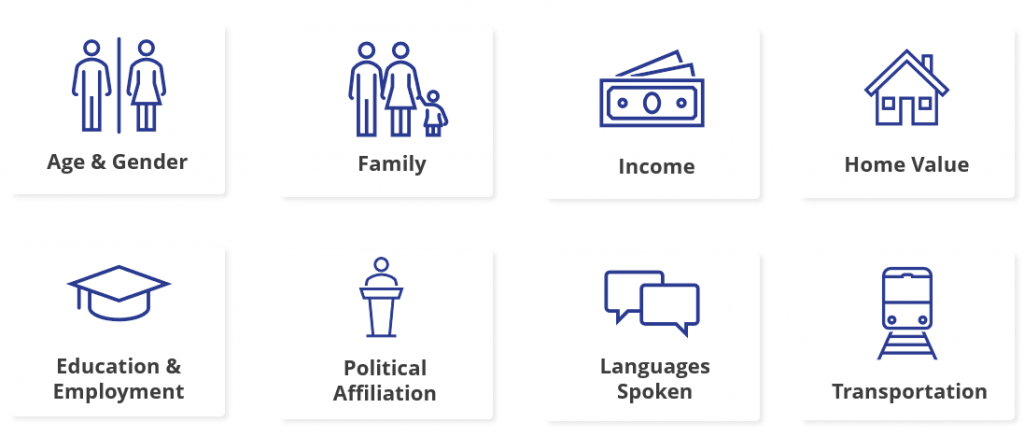
The deep ties between ZIP codes and demographics create a wealth of data for audience segmentation and with a strong database source made available by the government, we easily allow advertisers to find and target the profile of users with the strongest affinity for your brand.
ART also provides viewability into the potential audience size by including the population and number of households in each ZIP code.
Additionally, ART provides baselines from the national U.S. averages, the deviation from the normal, and the percentage make up of your audience so you can easily see how your audience indexes against various demographics or interests.
A.I. Contextual Data – Natural Language Processing (NLP)
Contextual A.I. tools utilizing Natural Language Processing (NLP) are built into ART to replace or supplement cookie-based audience targeting.
This NLP contextual component of ART offers modern, more in-depth context while matching pages of interest data for a better fit compared to keyword, general site lists, or thematic based boxes typically used from Grapeshot, Oracle, or DV360 because NLP understands the meaning of words and context around the words and phrases.

Advertisers can leverage rich contextual analysis of full web pages to build custom segments from a seed list of articles. Or simply select from our list of curated contextual segments of over 300 IAB content categories to see what users are reading or streaming on CTV by ZIP code.
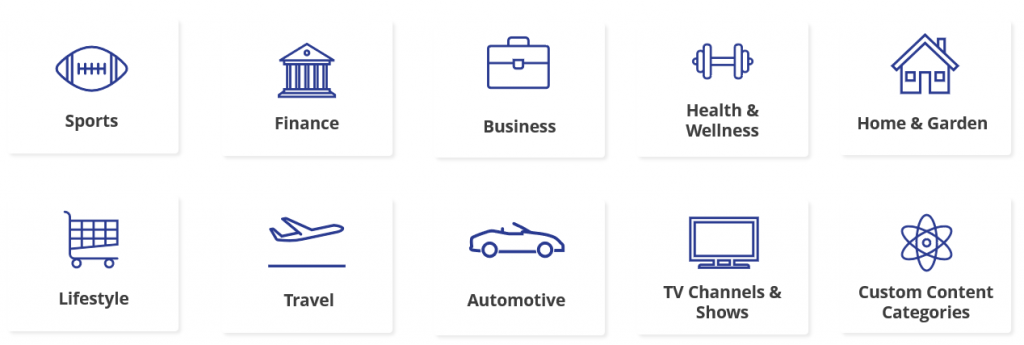
These insights provide advertisers with a platform to easily build a comprehensive targeting plan for display, video, CTV, DOOH, etc., to reach audiences through the ZIP codes they are in through channels and websites they frequent.
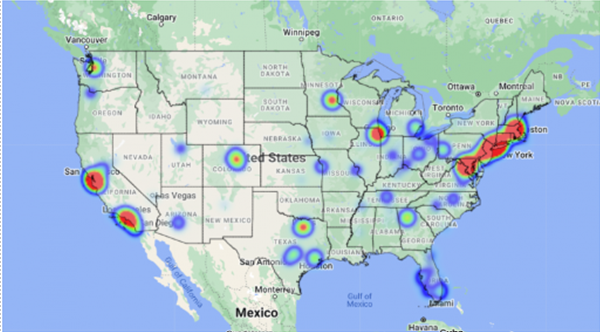
At the end of the day, this contextual technology, embedded within ART, is a way to get closer to the art of advertising while reducing waste.
Activation: CTV, Contextual PMPs, and IPs
Another powerful aspect of ART is the ability for advertisers to build plans from first-party data by placing a pixel on their website – simply to collect information about the ZIP codes visiting the page. Our I.P. Pixel provides insight into where your audience is and what they are watching and reading.
Typically, pixels are third-party cookie or browser – based. These do not allow for attribution for CTV and streaming audio campaigns. Pontiac’s I.P. Pixels are a proprietary and privacy-safe audience and attribution (within the DSP) solution for CTV and streaming audio that utilizes the user’s I.P. address to track website traffic.
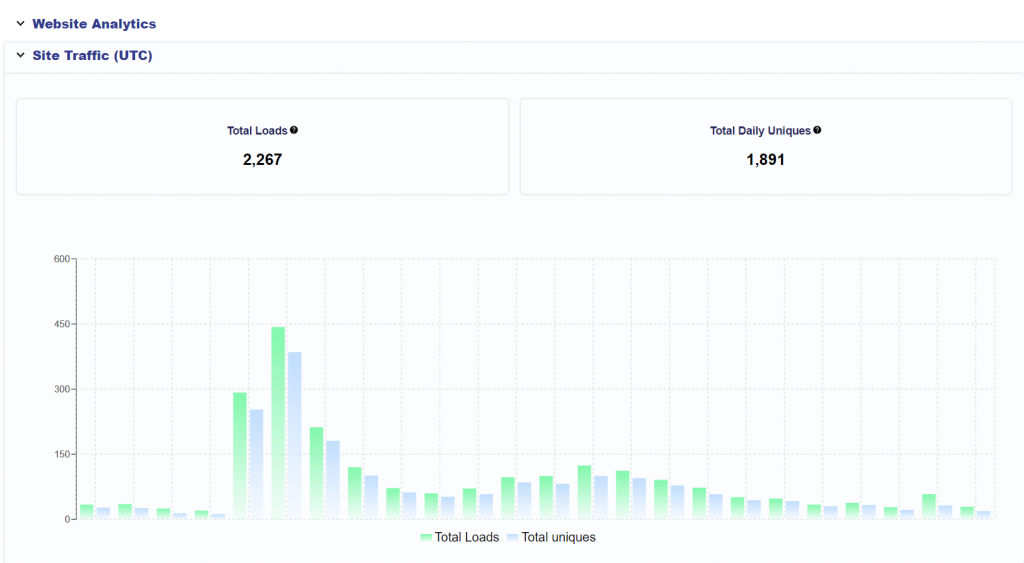
Imagine how powerful it is to understand that your website visitors are watching and over-index on Discovery channels and Discovery, but under-index on Hulu? Packaging the custom AI and CTV audiences as PMPs within Pontiac or a DSP of choice enables advertisers to easily activate these audiences on Premium CTV inventory or contextual site lists.
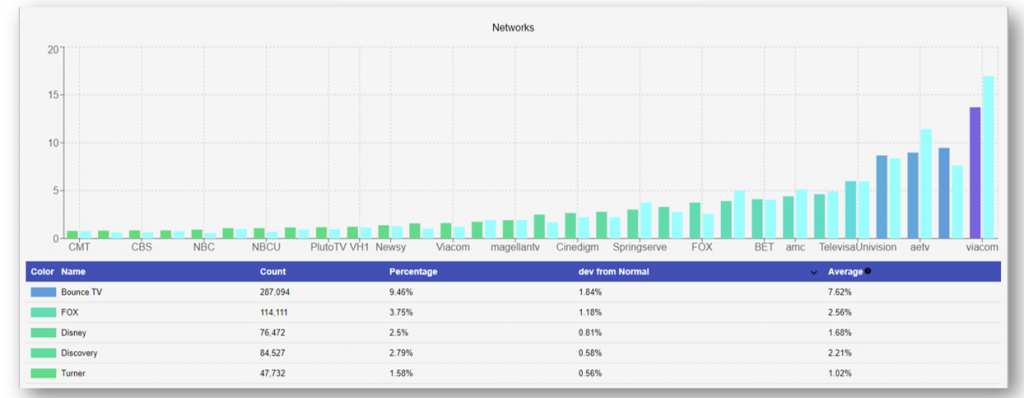
Our CTV Bidder provides the capabilities for targeting down to the channel level so advertisers can now more easily optimize campaigns with new insights that matter for their brand and maximize media dollars.
Building Data-Driven Campaigns with ART
- Target Audiences, Not Platforms:
- Thinking about the ‘addressable’ moves your attention to audiences vs. programs or platforms. Personified ZIP and interest level planning ensures more substantial contextual relevance for your campaigns. Instead of, “I want to place ads on Roku” think about the makeup and desires of your audience. For example, “People with HHI of $150k+ that over-index on a luxury car interest”. With ART, you can discover new ZIP codes of populations that most closely match the characteristics of your typical customer to reverse-engineer a personalized media plan.
- The next frontier: Building communities. At the moment, marketing to a sizeable digital audience is really like an interaction of “one (a brand) to many (the audience).” Compare this to crafting a smaller community of evangelists that will create conversations, connections, and engagement for your brand. Brands that invest in the long term, putting in effort to build communities from their audience (personalized offers, in-person events, virtual creations, etc.), will have a successful future. ART can catalyze audience – focused strategies that allow you to narrow in on ZIP codes to build engaged communities for interactive experiences.
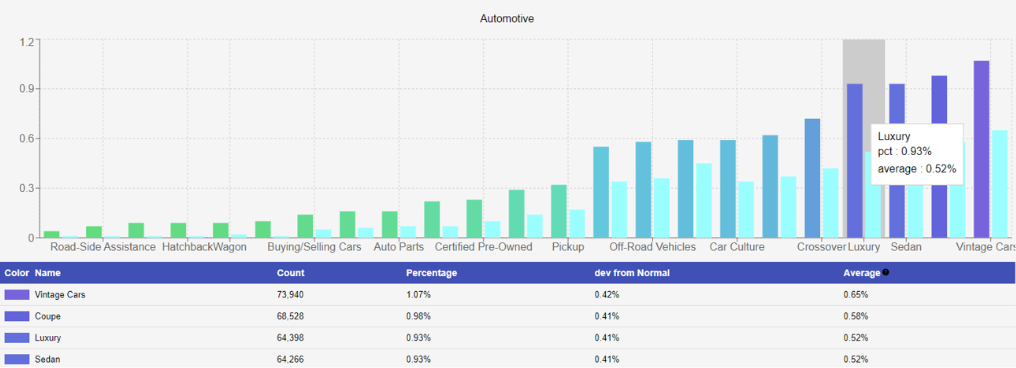
- Discover Optimization Opportunities
- The obvious advantage of digital is the ability to optimize campaigns quickly, mid-flight. Contextual A.I. and ART segments can be reported on from your DSP of choice like any other campaign. They are easily accessible and iterative, which means you can run experiments throughout the campaign.
- Measure Beyond Impressions and VCR
- For CTV campaigns especially, assessing campaign effectiveness and ROI goes beyond impressions and VCR. Pontiac and ART can measure more. Through the I.P. Conversion Pixel, advertisers can build lookalike audiences of ZIP codes with the same demographic and content consumption patterns as your existing audience. Pontiac supplies you with specific CTV networks, publishers, channels, and apps that are most relevant to your audience. Our CTV Bidder provides the capabilities for targeting down to the channel level, so these are all actionable insights advertisers can take away.
- Additionally, when advertisers are ready to activate a campaign, Pontiac’s DSP can attribute a website visit, online purchase, or other action to a CTV campaign via the IP address of the user.
- Need to measure in-store foot traffic? Pontiac DSP supports the industry’s most robust capabilities. Measure lift at physical stores or locations from CTV or OTT campaigns too.
‘ARTfully’ Future Proofed
There’s an ‘ART’ in future proofing campaigns across targeting tactics. Advertisers using ART won’t be required to have industry adoption of tracked I.D.s, hashed emails, or survey completions to be a thoughtful marketer. Our solution is agile and will work regardless of what happens to device identities – it’s clear that these will not scale enough.
Smarter audience definition tactics are essential for successful programmatic campaigns in the post-cookie world where advertisers need more opportunities to optimize campaigns with personalized and inclusive messaging.
ART offers a detailed profile of your brand’s target audience, insights into potential audience size, and a cookie-less targeting solution that is easily customizable for use across all channels and media types.
Reach out to your Pontiac Intelligence or Programmatic Mechanics account manager if you would like to utilize the Audience Research Tool (ART) as part of your brands cookie-less strategy.



